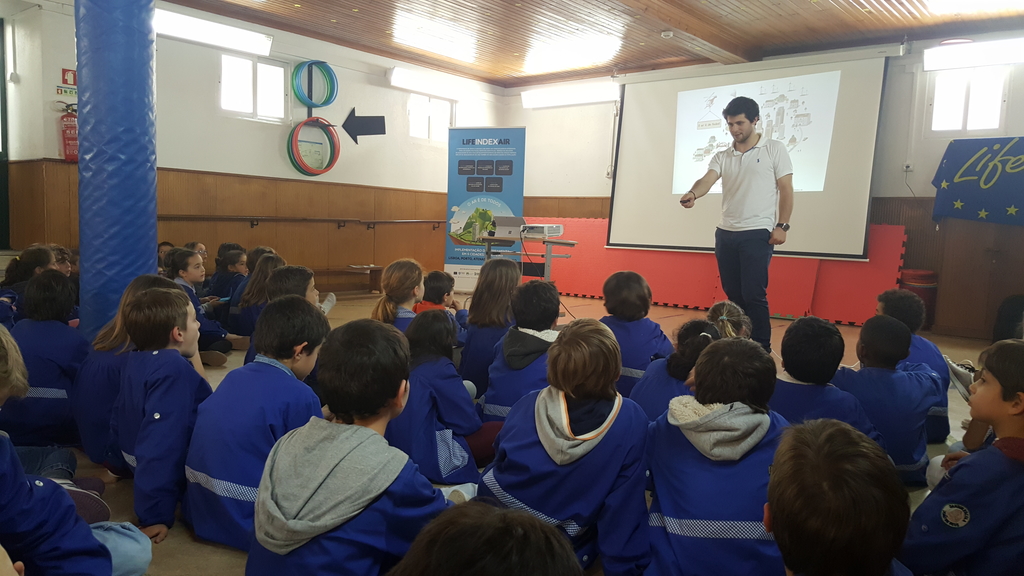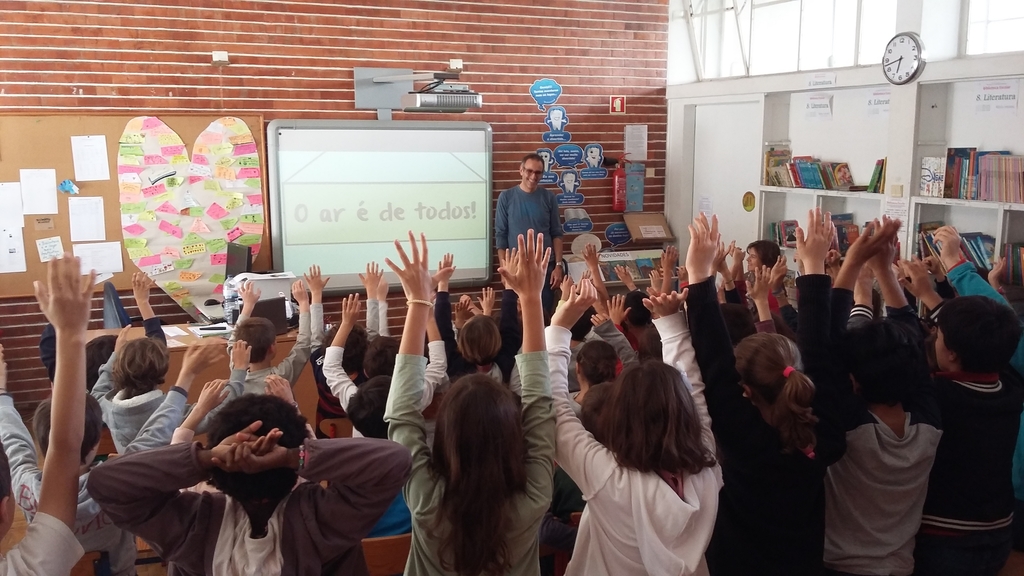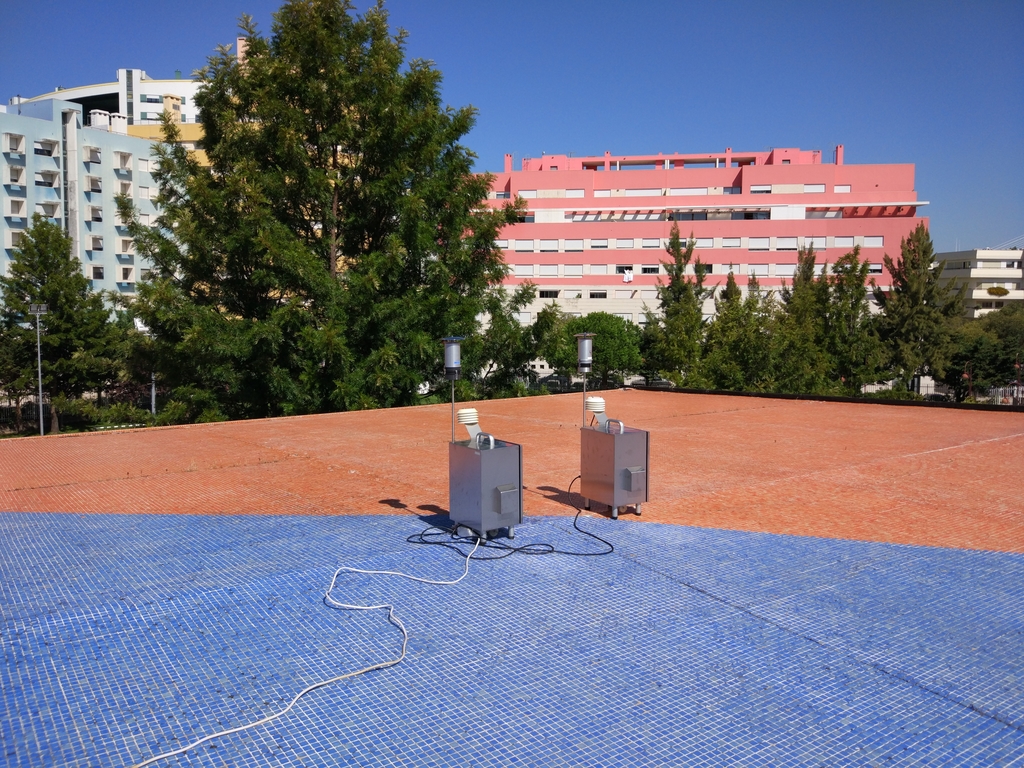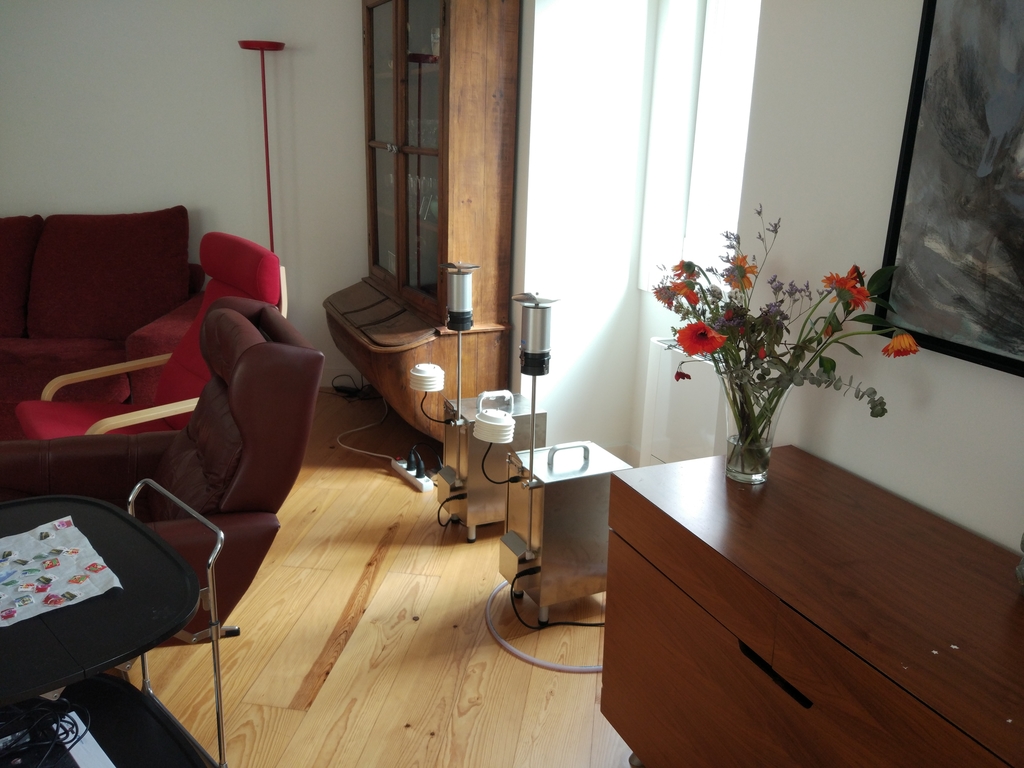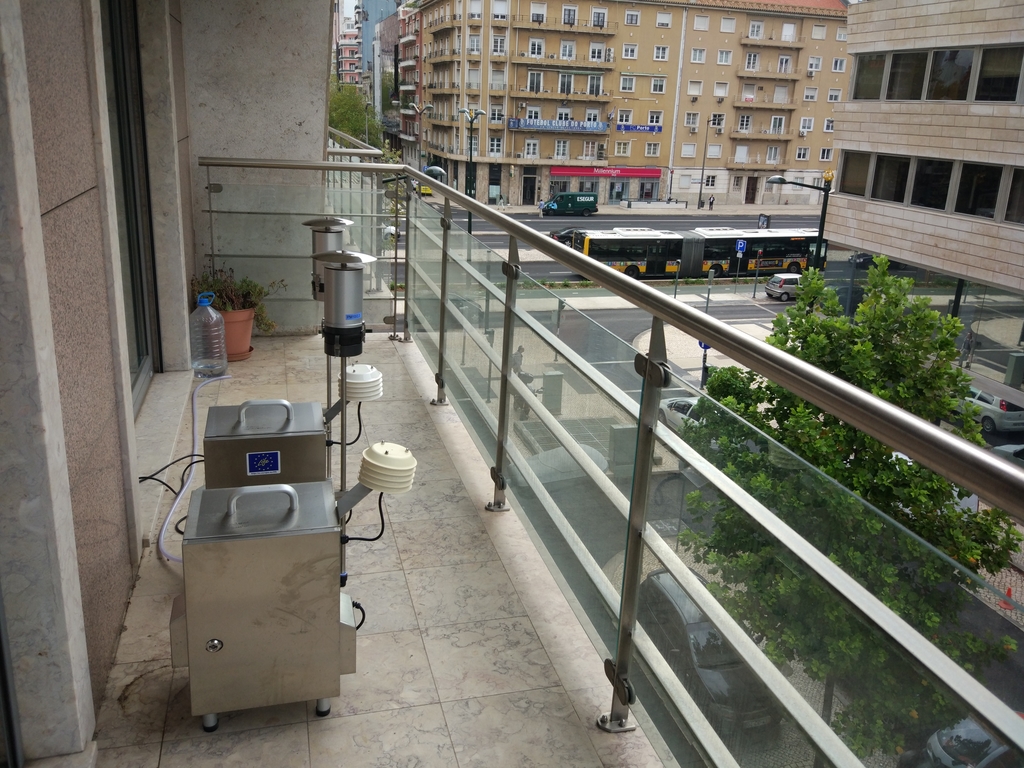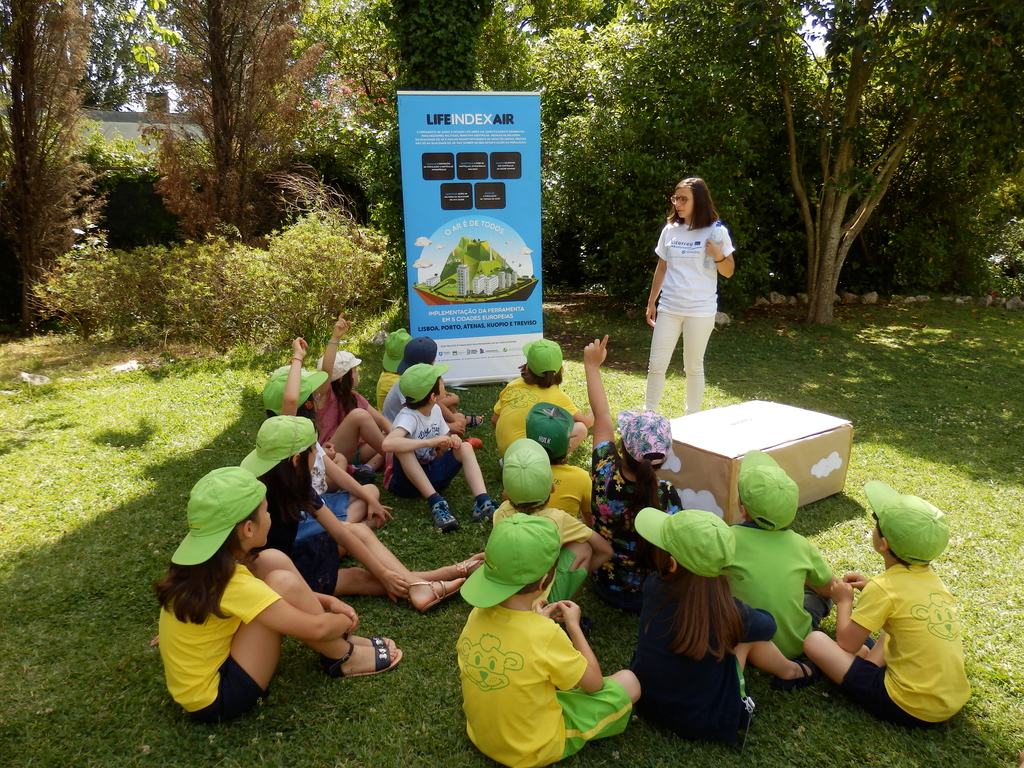February 2018 - LIFE Index-Air
Α) Identity of the project
| Title/ N° |
LIFE Index-Air "Development of an Integrated Exposure – Dose Management Tool for Reduction of Particulate Matter in Air" LIFE15 ENV/PT/000674 |
| Duration | 01.10.2016 – 31.03.2020 |
| Budget | 1.369.071 € |
| Beneficiaries |
Coordinating beneficiary: Instituto Superior Técnico, Portugal Associated beneficiaries: N.C.S.R. “Demokritos” (Greece), National Institute for Health and Welfare (Finland), Technical University of Crete (Greece), University of Aveiro, Portugal |
| Location of activities |
Portugal (Lisbon and Porto), Greece (Athens), Finland (Kuopio) and Italy (Treviso) |
| Website |
http://www.lifeindexair.net/ |
| Contact |
Marta Almeida, Instituto Superior Técnico, Tel.: +351219946124, E-mail: This email address is being protected from spambots. You need JavaScript enabled to view it. Lila Diapouli, N.C.S.R. “Demokritos”, Tel.: +302106503259, E-mail: This email address is being protected from spambots. You need JavaScript enabled to view it. |
Description/Aim
Airborne particulate matter (PM) is a complex mixture of microscopic particles derived from anthropogenic and natural sources. Particulate pollution is still a major environmental problem in several EU countries, while new evidence regarding its detrimental impact on human health has emerged. There is a great deal of improvement with respect to anthropogenic emissions control strategies in European urban areas. However, the quantitative result of these changes in actual human exposure for specific toxic particle compounds is largely unknown with respect to each one of the emission sources.
The main objective of the LIFE Index-Air project is to incorporate a database on outdoor and indoor air quality and a package of models, in order to develop an innovative and versatile policy tool. This tool will establish a relationship between air pollution emission sources and population exposure to mixtures of PM components. The implementation of the tool in several EU cities will demonstrate its capabilities in (i) calculating PM population exposure and dose, (ii) quantifying the health impacts from exposure to total PM and specific chemical components, (iii) evaluating the impact of the different emission sources on population exposure and (iv) evaluating exposure reductions apportioned to changes in every accounted source. The LIFE Index-Air tool will be a cost-effective management tool for local, regional and national authorities that will allow policy makers to quantitatively evaluate the impact of policies on human exposure levels, as well as plan new effective mitigation measures.
Β) Good practices
The LIFE Index-Air project aims at the development of comprehensive air quality management strategies, with documented effectiveness with respect to the protection of public health. The main activities and good practices promoted through the project are:
1) Population risk assessment based on the actual exposure of citizens, quantified by the application of exposure and dosimetry models, and not through ambient air pollution levels, as is the common practice in most studies;
2) The association of major health endpoints with exposure to PM, in terms not only of total PM mass but also in relation to specific PM components and emission sources;
3) The development and implementation of an innovative methodology for linking pollutant emissions with quantified health impacts, to be delivered to the competent authorities in the form of a flexible policy tool for evaluating control strategies and designing long-term air quality management policies;
4) The provision of ongoing support to authorities in the framework of the implementation of the "Thematic Strategy on Air Pollution" and the development of air quality action plans;
5) Raising public awareness, particularly of the new generation of citizens, through the implementation of a carefully designed dissemination plan with targeted actions (such as the organisation of interactive informative seminars for elementary school students), with the final objective to assist in identifying simple everyday habits that may help in reducing exposure to hazardous pollutants and to promote in general the adoption of environmentally friendly practices.
C) Results
The initial results of the project relate to indoor and outdoor measurements of concentration levels of PM10 and PM2.5, as well as specific PM components, at residences and primary education schools. The data collected so far show frequent high air pollution levels in microenvironments where children spend the majority of their day. The significant impact of ambient sources on indoor concentrations is also demonstrated. The final deliverables, which will be available upon completion of the project to decision-makers and to the general public, through the project website, include among others:
- A policy tool for effective air quality management and protection of public health;
- A database on the concentration levels and chemical composition of PM in indoor and outdoor microenvironments, in urban areas in Europe;
- Mapping of pollution and population exposure levels, with high spatial and temporal resolution, for five European cities (Lisbon, Porto, Athens, Kuopio and Treviso);
- Dose assessment for individual particulate components and correlation with specific health endpoints;
- Identification of effective pollution control measures, using documented evidence on the impact of the different pollution sources on the levels of exposure and on public health.
Within 2018, informative workshops will be organized in Lisbon, Athens and Kuopio, in order to communicate the first results of the project to stakeholders. In addition, a draft version of the under-development policy tool will be presented, in order to record initial impressions and suggestions from the future end users.



